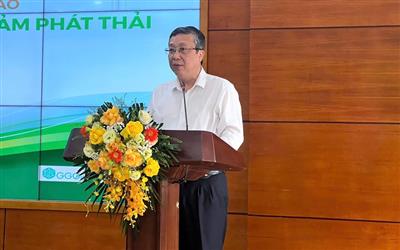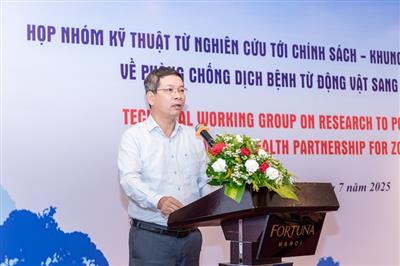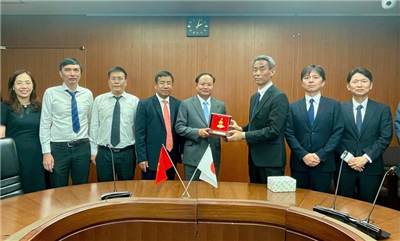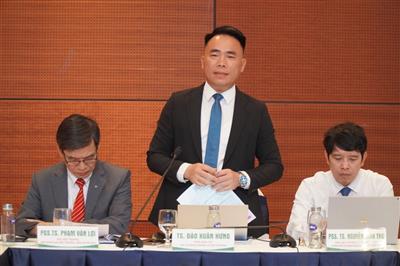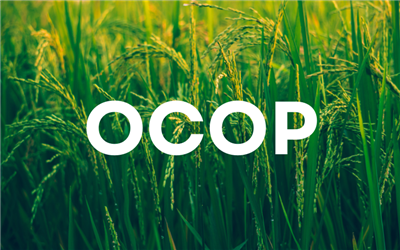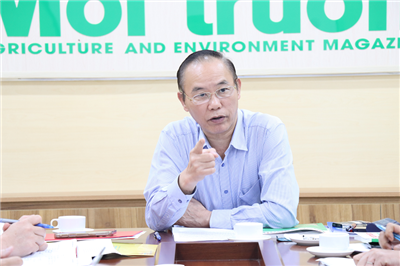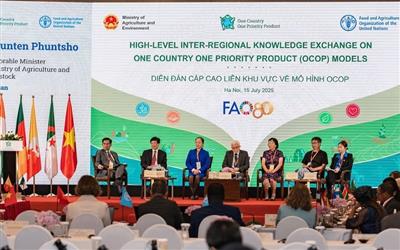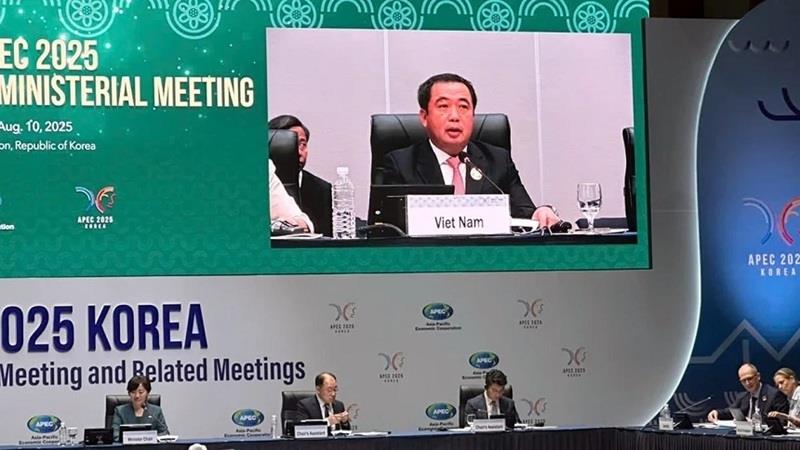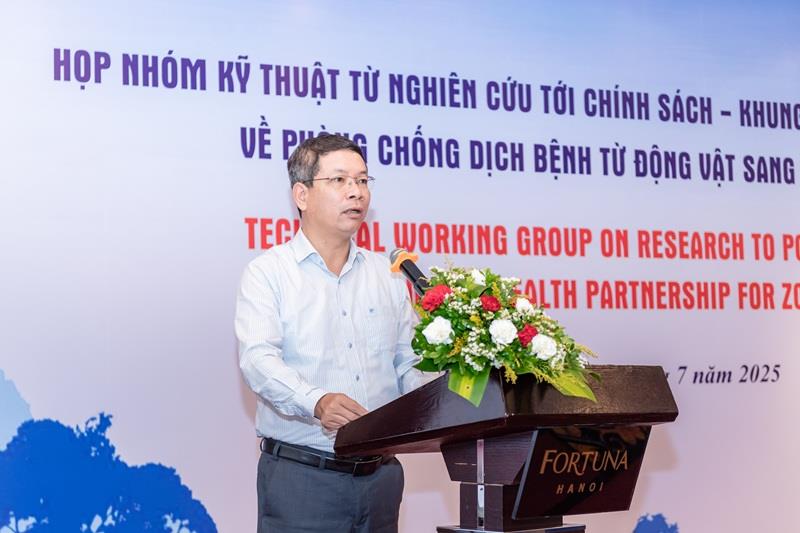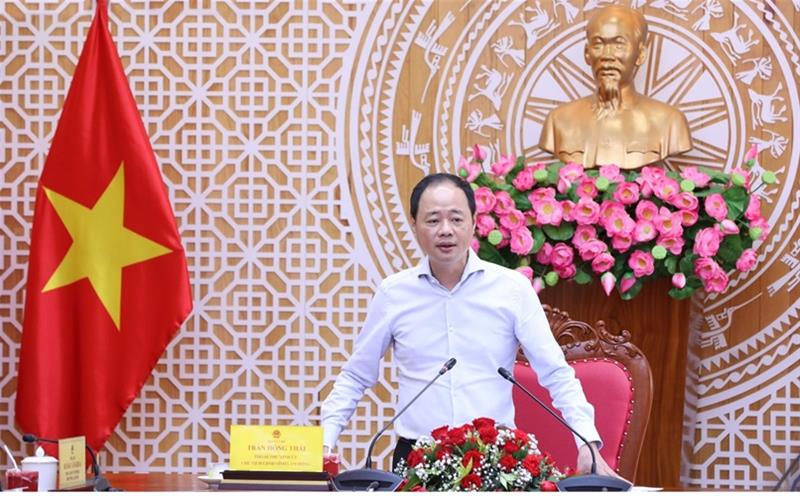
Japan's seaweed planting initiative: A green solution in the fight against climate change
06/05/2024TN&MTJapan's initiative to plant seaweed as a climate solution is ambitious. By restoring coastal seaweed beds, the country hopes to tap into the potential of 'blue carbon' to mitigate greenhouse gas emissions, aligning with its carbon neutrality goal by 2050. However, questions remain about the practicality and feasibility of this endeavor, raising doubts about its effectiveness in reality.
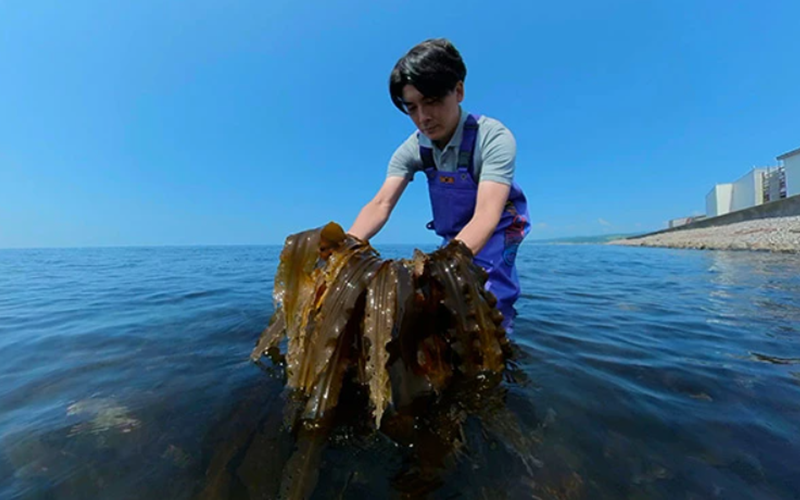
Efforts to capture CO2 in seaweed and seagrass are gaining momentum in Japan, known for its fondness for aquatic plants
Japan's seaweed & seagrass planting fights climate change
Efforts are underway along the scenic shores of Yokohama in Japan to combat climate change through an unconventional method - planting seaweed. This initiative aims to restore Japan's coastal ecosystems and contribute to the nation's ambitious goal of achieving carbon neutrality by 2050. Japan, the world's fifth-largest emitter of greenhouse gases, covers a surface area smaller than California but has some of the longest coastlines globally. Scientists suggest that marine vegetation could capture at least a fraction of the carbon dioxide it produces.
Volunteers lead days of seaweed planting sessions, aiming to revive the once-thriving beds of this marine plant in Tokyo Bay. With the recent inclusion of carbon absorbed by seagrass and seaweed beds in Japan's Greenhouse Gas Inventory, there's growing recognition of the potential of 'blue carbon' in mitigating emissions.
However, despite the promise, challenges loom large. Marine scientist Keita Furukawa suggests that if seaweed were to proliferate in all suitable shallow sea areas, it could potentially absorb 10 to 20 percent of human emissions, in response to a Reuters interview. Yet, current absorption rates are far from this ideal, posing limitations in combating global warming effectively. Gregory Nishihara, a marine algal ecology professor at Nagasaki University, cautions against overreliance on seaweed for carbon capture, highlighting the impracticality of relying solely on plants, given the vast area needed for significant impact. According to Environment Ministry data, Japan's seagrass and seaweed beds have significantly shrunk over the past three decades, presenting a formidable challenge in reforesting the seabed.
With estimates placing these vital ecosystems at less than 200,000 hectares, down from over 850,000 acres, the road to restoration is fraught with obstacles. As Japan strives to balance environmental conservation with its carbon neutrality ambitions, innovative solutions and collaborative efforts will be imperative in safeguarding the health of both the oceans and the planet.
Japan's 'blue carbon' emission reduction calculation
At the 28th Conference of the Parties to the U.N. Framework Convention on Climate Change (COP28) in Dubai, Japanese Environment Minister Shintaro Ito unveiled Japan's pioneering plan to quantify "blue carbon" absorption. This refers to the carbon dioxide absorbed by seaweed and seagrass, considered a reduction in greenhouse gas emissions.
While that is just 0.03% of the 1.135 billion tons of CO2 equivalent greenhouse gases Japan emitted that year, blue carbon has taken on more importance as the country's forests age, absorbing less carbon dioxide than younger trees. The amount of greenhouse gases absorbed by forests fell 17% over the five-year period to 2022, government data shows, and Japan has said it would make efforts on both land and in the sea to capture more carbon.
In a world first, Japan's most recent annual Greenhouse Gas Inventory, provided to the United Nations Framework Convention on Climate Change (UNFCCC) this month, factored the carbon absorbed by seagrass and seaweed beds into its calculations. The Ministry of the Environment estimates that in fiscal year 2022, that amount of blue carbon – carbon that is naturally stored by marine and coastal ecosystems – was roughly 350,000 tons.
Japan, committed to slashing greenhouse gas emissions by 46% by fiscal 2030 compared to 2013 levels, and achieving carbon neutrality by 2050, is exploring innovative strategies. Among them is the inclusion of carbon absorption by trees, seaweed, and other natural elements as emission reductions.
As part of this initiative, Japan will incorporate blue carbon data into its greenhouse gas emissions and absorption report for fiscal 2022, marking a significant global milestone. This report submission, required annually by major countries including Japan, aligns with international obligations to combat climate change.
Additionally, Minister Ito announced a comprehensive aid package for developing nations during the COP28 ministerial meeting. This support includes providing satellite data on emissions and assisting in the implementation of early warning systems for weather-related disasters.
Ngoc Huyen (Reuters, Japan Times)


